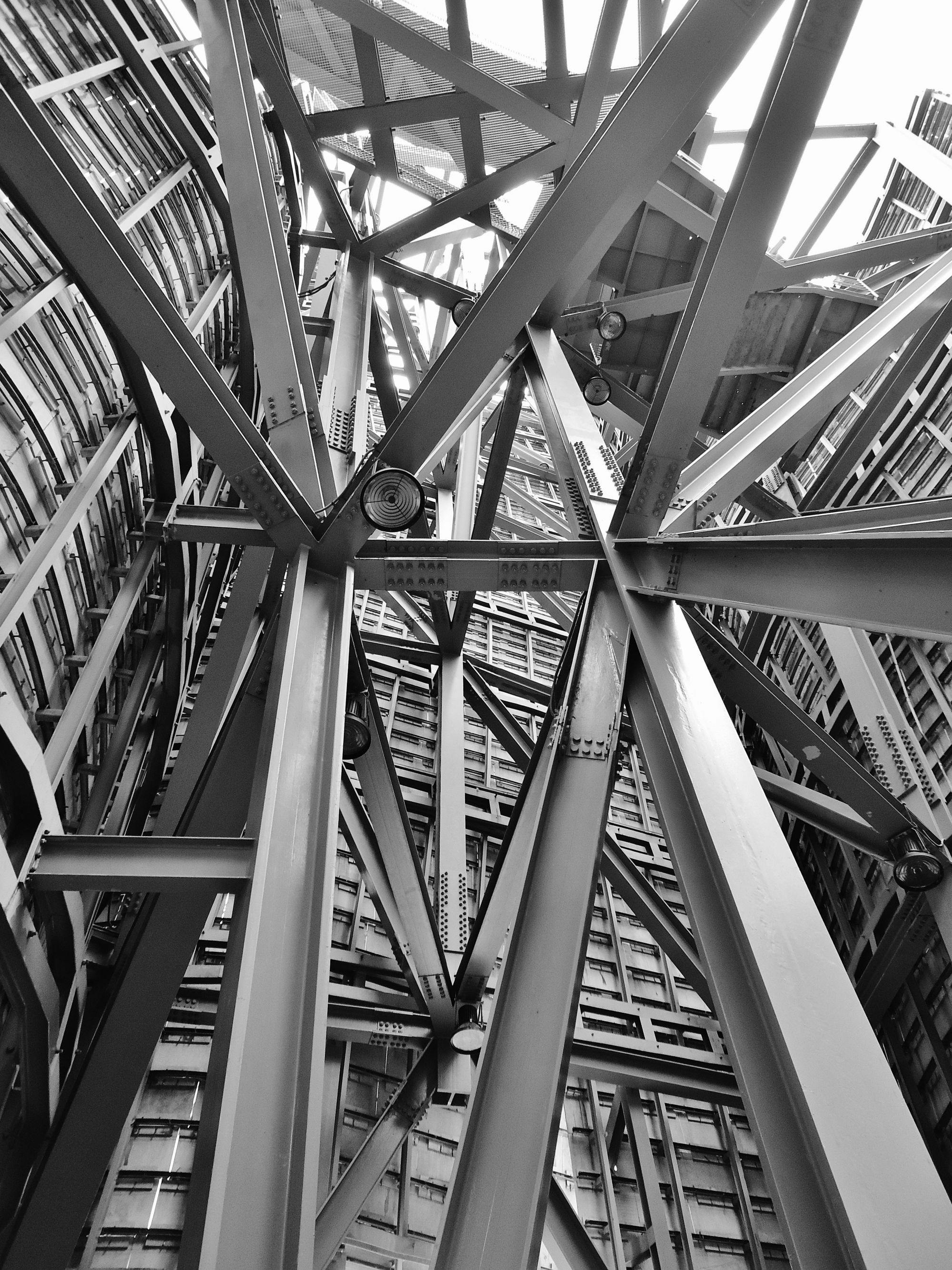
Preventing Corrosion - Part III: Avoid Crevice Corrosion
Everything might look fine when metal components are joined, but even small gaps between fixtures are open invitations to crevice corrosion. Left unchecked, crevice corrosion can cause significant degrading of assets—leading to costly repairs, loss of production and even failure of entire systems.
To ensure assets remain productive and safe, it’s important to understand what crevice corrosion is, how it happens, how to identify it on metal assets and ways to prevent it.
What is crevice corrosion?
Crevice corrosion is a localized corrosion attack at (or very near) the gap, or crevice, between joined surfaces that are exposed to corrosives such as air or water. It occurs when chemical concentrations differ between separate points near joined surfaces.
Also known as deposit or gasket corrosion, crevice corrosion is often the result of stagnant solutions stuck in shielded areas protecting joined metal surfaces.
For example, if overlapping metal plates are exposed to air, water or other corrosive environments, corrosive solutions can seep into even the smallest of gaps between the plates. The resulting chemical reactions can cause corrosion that eats into one or both metals. This causes a loss of weight and strength in the metal and increases the risk of failures due to metal fatigue.
Locating crevice corrosion
Crevice corrosion is most common in areas where metal components are joined. For example, it can occur where beams or plates are joined by rivets or pipe valves are bolted together. Under the right environmental conditions, crevice corrosion is always a threat—and it’s especially challenging to combat if you don’t know what to look for.
Some visible signs of crevice corrosion include the following.
- localized discoloration of the paint covering an area at or near where metal parts are joined;
- localized flaking of protective coatings at or near the corrosion site; and
- localized flaking of one of the metals at the area where two metals are joined.
Remember that crevice corrosion may not always be immediately visible because it can occur in areas obscured by protective shields.
Preventing crevice corrosion
The best defense against crevice corrosion is being proactive in the project planning of an asset. The following should be considered for prevention.
- using welded butt joints instead of riveted or bolted joints;
- incorporating non-absorbent gaskets made of Teflon; and
- using higher alloys that more strongly resist crevice corrosion.
To defend against crevice corrosion in existing assets, be sure to fully drain and dry any assets exposed to water or other solutions and avoid creating stagnant conditions that can spur corrosion. Also, locate existing crevices in overlapping joints and use continuous welding or soldering to seal the gap. Partial asset redesigns during maintenance or repair may be necessary to prevent future crevice corrosion attacks.
Whether you’re designing new assets or curbing the risk of corrosion in existing ones, consult a corrosion control expert. These professionals provide thorough surveys of existing assets to identify possible trouble spots and offer solutions to stop crevice corrosion before it’s too late.
This is part three of a three-part series on corrosion. Click here to view part one on pitting corrosion and here to view part two on galvanic corrosion.
Related stories








